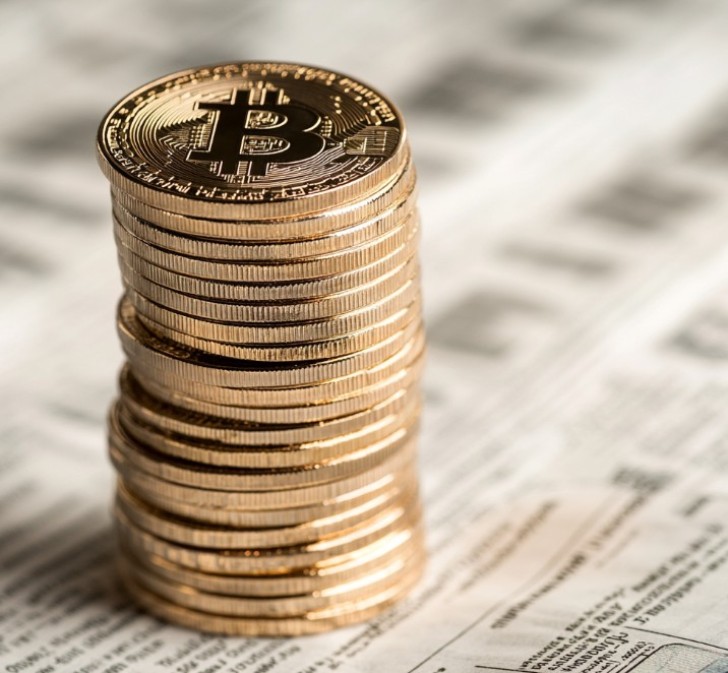Sometimes crypto can feel a bit like a mystery. People who aren’t used to using it won’t know how the very basics work.
The idea of money has changed dramatically in the past decade. Cryptocurrencies and other digital assets have become a normal part of conversation and moved into everyday life. People use them to shop and even collect digital art. Some buy and hold them long-term. Others move them around like any other currency and use them to buy coffee or play some slot games. It’s a new type of money built for a connected world. We’re looking at some of the very basic logistics today.
Where People Are Using Digital Currencies
Digital currencies first caught attention as a way to send money without banks or middlemen. They’ve become part of real industries. They power transactions across entertainment and travel.
One of the clearest examples is the online casino world. Crypto and casino gaming have grown side by side. Each pushed the other forward. Bitcoin payments and digital currencies have into a major part of the industry. Players can now use crypto to deposit and withdraw from casinos. Many of the new wave of casinos are built on Web 3.0 technologies. This incorporates blockchain and crypto. PeerGame casino provides a way for people to make deposits using their crypto. It is also an example of a casino that has embedded this technology across all operations. Blockchain has even allowed technologies such as Provably Fair technology. It allows people to verify and trust their results. It’s a simple concept. It is made possible only by blockchain technology.
For casino operators, the benefits are obvious. Transactions are faster and less dependent on traditional systems. Users are able to move funds around easily across borders. They reduce the delays of older payment methods.
Digital currencies have also found roles in online gaming stores or even social spaces. Some games now have built-in tokens or reward systems tied to crypto networks. Others allow players to buy in-game assets with digital coins instead of credit cards. The same trend stretches into streaming and e-commerce. Many crypto payments are accepted alongside more familiar options. People can use these payments to buy games or even meals in a restaurant.
How People Buy Digital Currencies
Buying digital currency can sound complicated from the outside. People might think they have to learn a lot to do it. But it is often as straightforward as any other online transaction. It usually begins with a crypto exchange. This is a platform that lets people trade traditional money for digital assets like Bitcoin or other tokens.
These exchanges act as the link between the digital and physical worlds. Some are large, global platforms offering hundreds of coins, while others specialize in smaller markets or specific purposes. Users sign up. The exchange handles the rest. They can usually help with storing the currency temporarily or sending it straight to a digital wallet.
There are also peer-to-peer marketplaces where buyers and sellers connect directly. Decentralized exchanges mean that people can negotiate trades without going through a restricted and centralized exchange. Mobile payment apps are getting in on it. Some have added crypto options to the same places people already manage their regular money.
The key difference with digital currencies is that ownership isn’t tied to a bank account. Once someone buys a coin or token, it’s held on the blockchain. This means a shared digital record that tracks every transaction ever made. Accessing or moving it requires a private key. This acts as a kind of digital password that proves ownership.
The Role of Digital Wallets
Exchanges are where people buy crypto. Digital wallets are where they keep it. A digital wallet doesn’t hold coins physically. It stores the keys that give access to them. Think of it as a secure vault for the information that proves what belongs to whom.
There are several types of wallets with their own features. Some are online and connect easily with exchanges. These may be ideal for people who want quick access to trade or spend. Others are offline. They’re sometimes stored on hardware devices or even paper. These may be preferred by those who want to keep their assets locked away long-term. Paper is not the recommended method for doing this!
Many mobile users prefer app-based wallets that integrate with daily life. These can handle payments on the go and link crypto to regular purchases or entertainment platforms.
Security is the biggest priority for any wallet. Most rely on encryption and two-factor authentication to protect access. Some even use biometric features like fingerprint or facial recognition. It is crucial for users to understand how digital wallets keep their finances safe and secure.
The world of crypto doesn’t have to be too complex! It’s about understanding the basics first of all.
 Peter Smith
Peter Smith

 Peter Smith
Peter Smith

